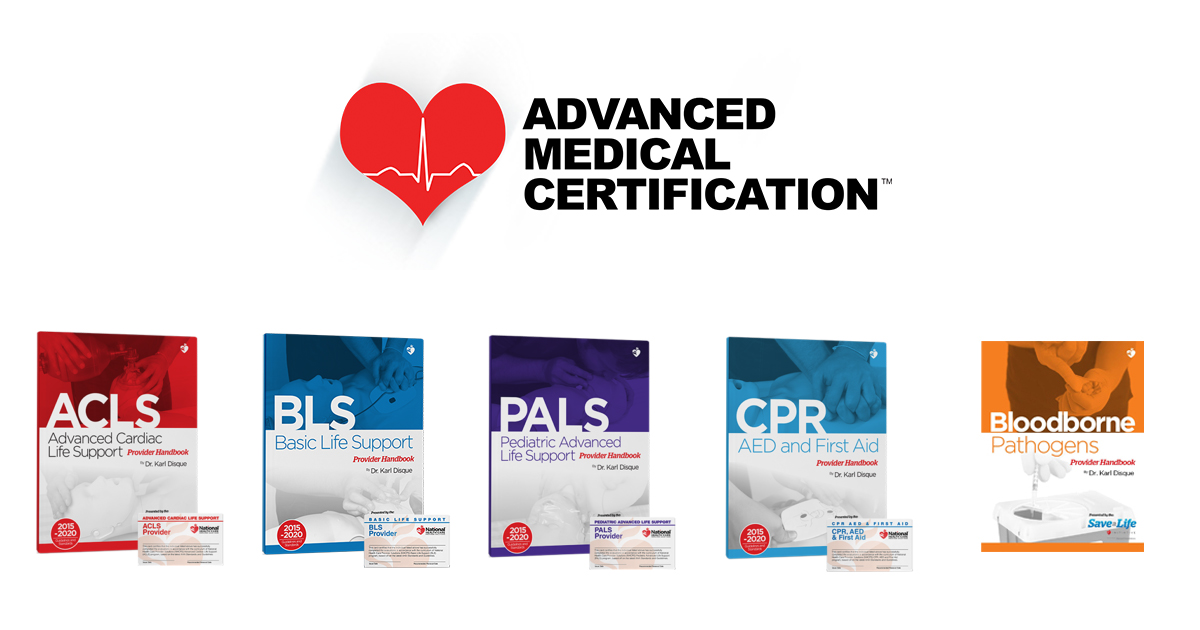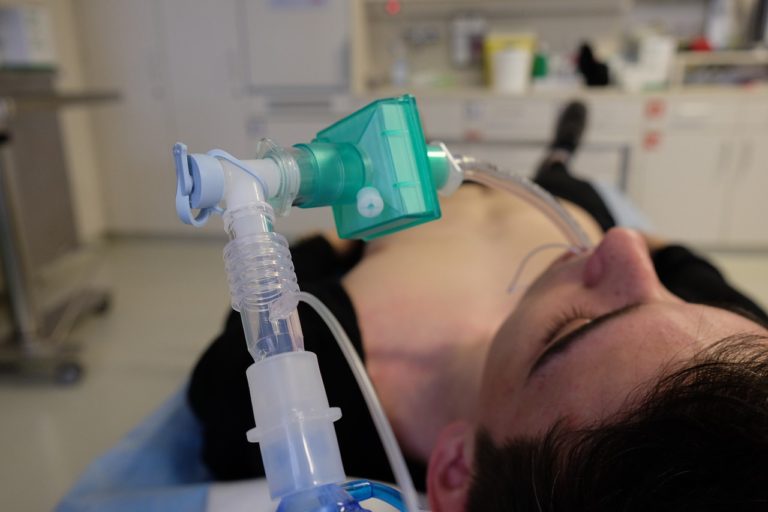
Thank you for subscribing to The PA Rx Newsletter!
The Friday Case Challenge includes difficult-to-diagnose conditions, some of which are not frequently encountered by most clinicians, but are nonetheless important to accurately recognize. Test your diagnostic and treatment skills using the following patient scenario and corresponding questions. Disclaimer: The following case is fiction and for educational purposes only.
A 32-year-old woman, G3P2, with a history of a previous cesarean section, presents to the emergency department complaining of sharp pelvic pain and vaginal bleeding. She reports that her last menstrual period was six weeks ago. The pain started suddenly on her right lower abdomen and is progressively worsening. She denies any gastrointestinal symptoms.
On examination, her vital signs are stable, but she appears uncomfortable. Abdominal examination reveals tenderness on palpation of the right lower quadrant with no rebound or guarding. Pelvic examination reveals a normal-sized uterus with cervical motion tenderness, and a small amount of free fluid is noted in the posterior cul-de-sac.
Laboratory studies show a positive urine pregnancy test, and a transvaginal ultrasound reveals an empty uterus with no intrauterine pregnancy visualized. Serum beta-human chorionic gonadotropin (β-hCG) levels are inappropriately rising.
1. What is the most likely diagnosis for this patient?
A) Appendicitis
B) Ovarian cyst
C) Ectopic pregnancy
D) Pelvic inflammatory disease (PID)
2. A patient with a confirmed ectopic pregnancy presents with shoulder pain. What is the likely cause?
A) Hemoperitoneum
B) Peritoneal irritation
C) Rupture of the fallopian tube
D) Phrenic nerve irritation
3. In a hemodynamically stable patient with a tubal ectopic pregnancy and a gestational age less than 4 cm, what is the recommended initial management?
A) Laparotomy
B) Methotrexate therapy
C) Salpingectomy
D) Expectant management
4. Which of the following is a contraindication to methotrexate therapy in ectopic pregnancy?
A) Hemodynamic stability
B) Presence of fetal cardiac activity
C) Ectopic mass <3 cm
D) β-hCG level <1,500 mIU/mL
Answers:
Question 1:
C) Ectopic pregnancy
—
Question 2:
A) Hemoperitoneum
Explanation: Shoulder pain, often referred to as Kehr’s sign, occurs due to irritation of the diaphragm from blood or other irritants in the peritoneal cavity.
Incorrect Answers:
B) Peritoneal irritation
While peritoneal irritation can cause abdominal pain, it is not the primary cause of shoulder pain in the context of an ectopic pregnancy. Shoulder pain specifically points to a referred sensation due to diaphragmatic irritation.
C) Rupture of the fallopian tube
Rupture of the fallopian tube is a significant complication of an ectopic pregnancy and can lead to hemoperitoneum, but it is not the cause of shoulder pain itself. The referred shoulder pain results from the irritants, such as blood, reaching the diaphragm.
D) Phrenic nerve irritation
The phrenic nerve innervates the diaphragm, and irritation of this nerve could theoretically cause shoulder pain. However, in the context of an ectopic pregnancy, the more direct cause of shoulder pain is the presence of irritants, like blood, in the peritoneal cavity irritating the diaphragm.
—
Question 3:
B) Methotrexate therapy
Explanation: Hemodynamically stable patients with unruptured ectopic pregnancies and low β-hCG levels can be managed conservatively with methotrexate.
Incorrect Answers:
A) Laparotomy
Laparotomy, or surgical incision into the abdominal cavity, is not the recommended initial management for a hemodynamically stable patient with an unruptured ectopic pregnancy. Conservative approaches such as methotrexate therapy are considered first.
C) Salpingectomy
Salpingectomy, or surgical removal of the fallopian tube, is a more aggressive approach and is typically reserved for cases where the tube is severely damaged or ruptured. In a hemodynamically stable patient with a small ectopic pregnancy, preserving fertility through conservative measures like methotrexate is often preferred.
D) Expectant management
Expectant management involves a watchful waiting approach without immediate intervention. While this might be appropriate in certain cases, particularly if the ectopic pregnancy is resolving on its own, it’s not the initial recommended management for a hemodynamically stable patient. Methotrexate is often chosen for its efficacy in preventing further trophoblastic growth.
—
Question 4:
B) Presence of fetal cardiac activity
Explanation: Methotrexate is contraindicated when there is evidence of fetal cardiac activity in an ectopic pregnancy.
Incorrect:
A) Hemodynamic stability
Hemodynamic stability is not a contraindication to methotrexate therapy. In fact, methotrexate is often considered in hemodynamically stable patients with certain criteria.
C) Ectopic mass <3 cm
The size of the ectopic mass is not a contraindication to methotrexate therapy. Management decisions may depend on factors such as β-hCG levels and patient presentation.
D) β-hCG level <1,500 mIU/mL
While a lower β-hCG level might be preferable for methotrexate therapy, the specific cutoff can vary. The absolute level alone does not serve as a strict contraindication, and clinical judgment is crucial.
That’s all for today.
For more newsletters and case challenges click here
Preparing for a job interview? Click here for our FREE job interview checklist
Want more question practice? Click here for our affordable 225 question exam with detailed explanations
Thanks for reading,










